How to Monitor Your Employees Ethically: Employee Trust and Productivity
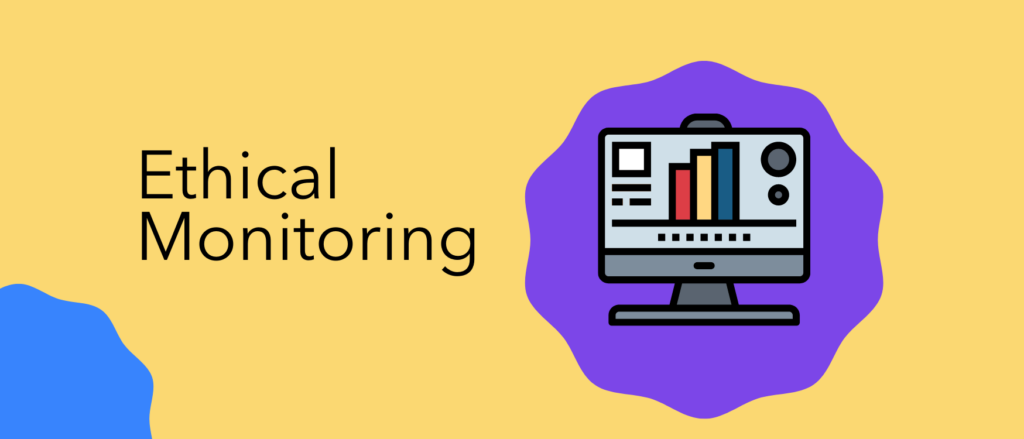
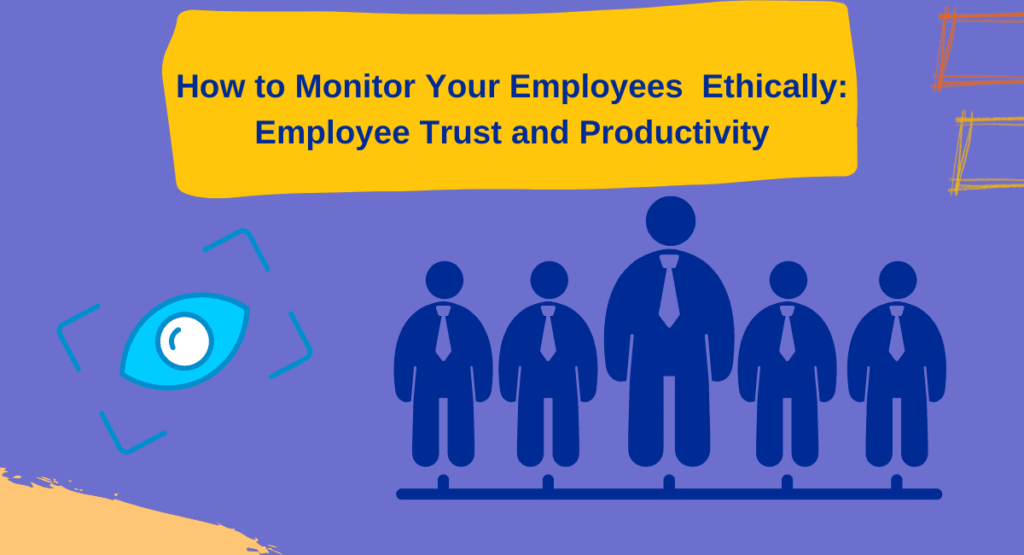
Maintaining trust in a company is essential for productivity and maintaining a positive brand reputation. When there is no trust, it can be challenging to recover.
One way to help maintain trust and ethical standards within your company is by implementing an ethical monitoring system.
We will discuss ethical monitoring, how it can help your business, and how to ethically monitor your employees!
Let’s start!
What is employee trust, and how does it relate to productivity
“As technology allows for more employee tracking, this issue will come up again and again, so companies need to make sure that their policies are clear, enforceable, and in line with the mandates of free employee expression.” Dr. Christopher Bauer, ethics expert.
Employee trust is a vital component of any successful organization, and it is the glue that binds employees to their work and the foundation upon which productive relationships are built.
When employees feel trusted, they are more likely to go above and beyond the call of duty. They are also more likely to be open and honest with their colleagues, leading to greater collaboration and higher productivity levels.
Employee trust has been identified as a critical factor in employee productivity.
Trust in the workplace is an employee’s willingness to be vulnerable by sharing information and ideas, taking risks, and being open to feedback.
A lack of trust can lead to employees feeling anxious and stressed, adversely affecting their health and well-being. It can also lead to employees withholding information or ideas, stifling creativity and innovation.
Moreover, a lack of trust can damage relationships between employees and their managers, leading to a decline in morale and motivation.
However, employee trust cannot be taken for granted, and it must be cultivated through regular communication and mutual respect. Additionally, employers can strengthen employee trust by using employee monitoring software to create transparency and accountability.
By creating an environment of trust, organizations can unlock the true potential of their workforce.
How employers can monitor employees without infringing on their trust

Monitoring employee behavior has always been a tricky issue for employers. On the one hand, they want to ensure that their employees are productive and not engaging in activities that could harm the company.
Employers don’t want to infringe on employee privacy or trust. The employer must be fair in monitoring employee activity and respecting employee privacy.
There are several ways that employers can monitor employee behavior without crossing the line.
- They can make sure that their policies are clear and concise. Employees should know exactly what is expected of them and what unacceptable behaviors are.
- Employers can use data analytics to track employee performance. Employers can do this without accessing personal employee data; instead, analytics can focus on factors such as time spent on a task, the number of assignments completed, etc.
- Employers can encourage open communication with employees. This way, employees can voice any concerns about being monitored, and employers can constructively address those concerns.
By taking these steps, employers can effectively monitor employee behavior without infringing on employee trust or privacy.
The benefits of a trusting workplace environment
As any HR professional knows, employee consent is essential to maintaining a trusting workplace environment. Employers who fail to obtain employee consent before monitoring their activities or efforts risk damaging employee morale and employee trust.
In addition, employers who monitor employee activity without employee consent may violate data privacy laws.
Furthermore, employees who feel their employer does not trust them may be less likely to trust the employer with essential work tasks or projects.
As a result, employers must obtain employee consent before undertaking employee monitoring efforts. By doing so, employers can help ensure that their workplace remains a trusting and productive environment.
Tips for building trust with your employees
Creating a trusting relationship with your employees is essential for any business owner. Unfortunately, building trust can be difficult, especially if you have a remote workforce. Tips to help you build trust with your employees:
1. Be clear about your employee monitoring policy. Employees need to know what is being monitored and why. This will help them feel comfortable with the process and understand that you are not trying to invade their privacy.
2. Use employee monitoring technology wisely. Monitor only those employee activities that are directly related to their job performance. Avoid tracking personal information or spending too much time looking through employee data.
3. Get to know your employees. Take the time to learn about their interests, families, and backgrounds. This will help you build a rapport and understand them as individuals.
4. Be transparent in your communication. Avoid being vague or withholding information from your employees. They need to feel like they can trust you to be open and honest with them.
5. Encourage employee input and feedback. Allow your employees to voice their concerns and give them a chance to be heard. This will show that you value their opinion and are willing to listen to them.
The consequences of breaking employee trust
Employee trust is the foundation of a productive and positive work environment. Employees who feel they can trust their employer are more likely to be engaged and invested in their work.
However, if an employer breaks that trust, it can have serious consequences. Employees who feel betrayed by their employer are less likely to be motivated or productive and may even start looking for a new job. In addition, a breach of employee trust can damage morale and erode team dynamics.
As a result, employers need to build and maintain employee trust. The employer should have a clear and concise employee monitoring policy that is consistently enforced.
This will help ensure that employees feel secure and respected and ultimately lead to a more positive and productive workplace.
Ten Ways to Monitor Employees Ethically and Effectively

A level of trust comes with working in any profession, especially when you’re an employee. An employee trusts his/her employer to pay regularly, offer fair compensation, and maintain an ethical standard of conduct.
The employer trusts its employees to complete tasks as assigned, show up on time, and uphold the company’s standards of ethics and trust.
When those lines are blurred or broken, it can harm productivity, employee retention, and brand reputation.
Ethical monitoring is one way to identify red flags before they can cause irreparable harm to your organization.
Here are ten ways to monitor your employees effectively while maintaining their trust and respect.
Build a Culture of Employee Engagement.
Engagement is a crucial factor in employee morale, motivation, and productivity. If your employees are engaged in their work and feel a sense of connection with the company and the people they work with, they’re less likely to violate ethical standards.
By encouraging open communication and creating a culture where employees feel comfortable bringing up concerns and offering suggestions, you enable them to report issues as they arise rather than allowing them to fester and become more significant.
An engaged workforce is also more likely to be satisfied with their compensation and benefits package, which could save your organization money in the long run.
Conduct Internal Audits.
Internal audits are another great way to keep tabs on your employees. You can conduct them yearly or semi-annually to check compliance with company standards and legal requirements.
Internal audits can include everything from ethics training sessions to review meetings with managers and employees to on-site inspections of facilities and work areas to review company policies and checklists.
By conducting regular audits, you can identify issues and red flags before they become more significant problems. You can also use audit results to identify areas of improvement within the organization and create strategies for overcoming those challenges.
Leverage Technology to Monitor Employees.
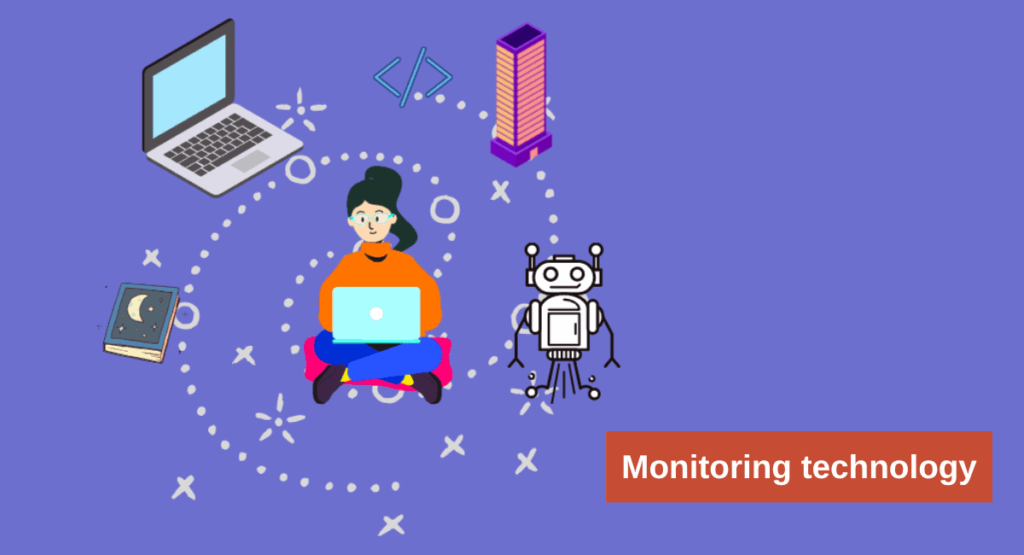
When done ethically, monitoring technology can help you stay informed on employee behavior and communications and streamline other business processes.
Monitoring can include technologies such as keystroke logs and spyware to record what employees type, you can use audio and video surveillance to record interactions between employees and persons outside your organization. Internet usage logs monitor websites visited, and email monitoring track what employees send and receive.
Again, ethical monitoring is essential to ensuring your employees trust you as an employer and that their communications are protected from outside eyes.
Monitor Communication Channels.
Some of your employees’ communications may be on devices you can’t monitor, such as their personal computers and smartphones.
You’ll want to be aware of those communication channels too. More communication may happen off company computers and networks than on them.
For example, many employees use social media sites such as Facebook and Instagram during work hours.
Track Physical Location Through GPS
If your employees work in roles that require travel, you may want to track their physical location. You may also want to keep tabs on company vehicles.
You can do that by using a GPS tracking device. You can track driving behavior and vehicle maintenance by monitoring employee location.
You can also determine whether your employees are visiting the sites they say they’re seeing. Tracking location also gives you insight into an employee’s availability.
If someone doesn’t appear to be in the right place at the right time, you may discover that he’s falsifying his whereabouts to shirk work responsibilities.
Monitor Electronic Behavior and Language.
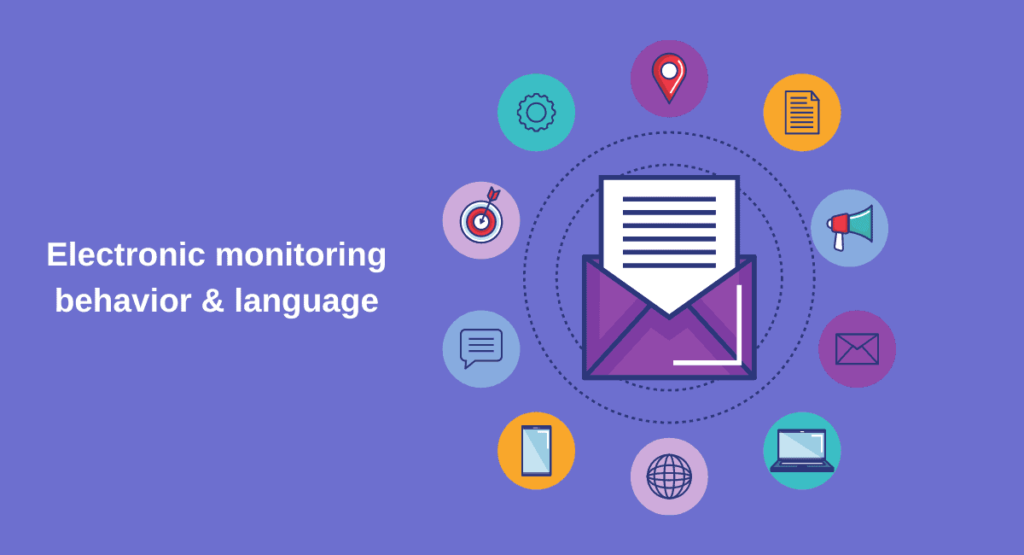
Monitoring what employees write on company-issued devices may be a grey area. Some employers choose to monitor all employee computer use, while others opt to set up a specific monitoring system for employees who work on sensitive projects.
You might want to monitor employee online behavior for various reasons, including checking for signs of hate speech or discrimination and looking for signs of unethical or illegal behavior.
You can also use monitoring software to track employee internet browsing patterns. For example, you can track whether employees visit social media sites during regular business hours and which sites they visit.
Rotate employees regularly.
Some positions require you to hire employees for long-term assignments. For example, you might need a person to work as a medical technician or sales representative for five years.
In these cases, you may want to rotate employees every few years. Rotating employees regularly can help ensure that you’re hiring the right employees for the right jobs and that they maintain a fresh perspective on their work.
It can also help you identify potential red flags, such as employees becoming disgruntled and resentful because they’ve been in a role too long.
Ensure all employees are trained in ethics and compliance.
Ethics and compliance training can help your employees understand their legal obligations and company standards and expectations.
This training can occur at the start of employment and on an annual or semi-annual basis. You can use online training platforms to host courses, provided they’re compliant with all of your state and federal laws.
You may also want to hire an outside company to provide in-person ethics and compliance training, especially if your organization is large.
Don’t hesitate to terminate employment based on monitoring results.
Some red flags indicate that an employee has not yet engaged in unethical behavior.
Other red flags indicate that an employee has engaged in unethical behavior in the past and is possible to do so in the future.
Still, others show that an employee is actively engaged in unethical behavior at the present moment. No matter the situation, an employer has a legal and ethical responsibility to address issues and terminate employment when necessary.
Use technology to streamline the monitoring process.
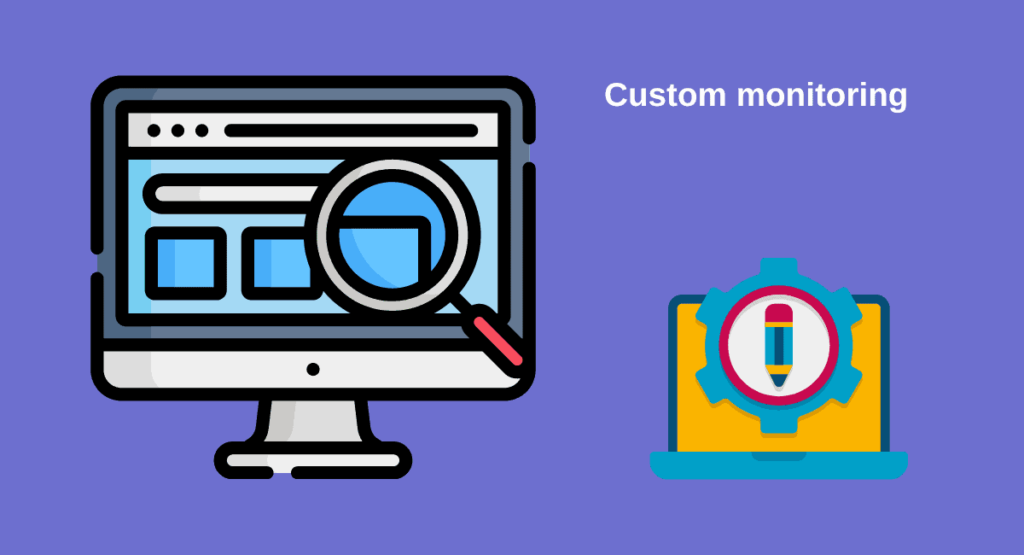
Technology can streamline the monitoring process in several ways. For example, it can allow you to create customized rules based on what you’re monitoring, so you don’t have to review every item manually.
It can also help you reduce the time spent monitoring by offering algorithms and intelligent alerts to help you prioritize tasks.
Finally, it can help you store and report information related to monitoring so that you have records of your actions and decisions.
Regularly check employee email and computer usage.
You may want to review email communication and computer usage patterns periodically.
You can use monitoring software to track and report on this information, which can help you identify issues, such as an employee who frequently visits social media sites or inappropriate websites.
You can also use this information to track which employees are most active during particular times of day, which can help you determine whether specific employees require additional supervision.
Conclusion
Monitoring employees can be tricky, and you want to ensure you are not violating or mistreating their privacy rights.
As companies, your organization is operating within the regulations. There are ways to monitor employees ethically and effectively.
And when you do, you can ensure that your organization runs smoothly and that it’s protected from threats inside and outside the office.


